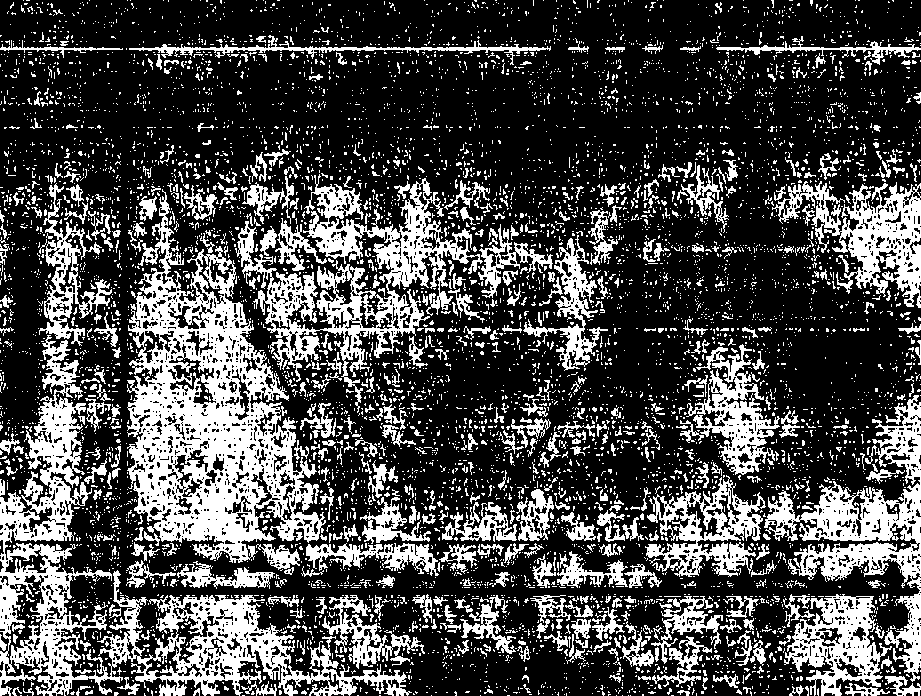Preparation method of controlled-release carbon source composite particles for use in biological nitrogen removal by denitrification
A composite particle and denitrification technology, applied in the field of water treatment, can solve the problems of easy collapse and poor controlled release, and achieve the effects of simple steps, increased adhesion area and excellent mechanical properties
- Summary
- Abstract
- Description
- Claims
- Application Information
AI Technical Summary
Problems solved by technology
Method used
Image
Examples
Embodiment 1
[0018] The controlled-release carbon source composite particles for biological denitrification and denitrification were prepared according to the following method:
[0019] (1) Each component of following mass ratio: polylactic acid 400g, walnut shell 1000g, high-density polyethylene 592g, maleic anhydride 4g, sodium carbonate 1g, isoascorbic acid 1g, trace element mixture 2g are mixed in mechanical stirrer uniform.
[0020] (2) The mixture in step (1) was injected into the twin-screw extruder through the feeding port for melt blending, the extrusion temperature was 160° C., and cut into granules by a granulator.
[0021] (3) Cook the granules prepared in step (2) in boiling water for 10 minutes, and set aside.
[0022] Next, the denitrification performance of the controlled-release carbon source composite particles prepared in the above steps is tested through experiments.
[0023] Put the controlled-release carbon source composite particles and activated sludge into the fl...
Embodiment 2
[0025] The controlled-release carbon source composite particles for biological denitrification and denitrification were prepared according to the following method:
[0026] (1) each component of following mass ratio: polybutylene succinate 1400g, hemp fiber 200g, polystyrene 391g, maleic anhydride 2g, sodium carbonate 1g, erythorbic acid 1g, trace element mixture 5g in Mix well in a mechanical mixer.
[0027] (2) The mixture in step (1) is injected into the twin-screw extruder through the feeding port for melt blending, the extrusion temperature is 180° C., and cut into granules by a granulator.
[0028] (3) Cook the granules prepared in step (2) in boiling water for 10 minutes, and set aside.
[0029] Next, the denitrification performance of the controlled-release carbon source composite particles prepared in the above steps is tested through experiments.
[0030] Put the controlled-release carbon source composite particles and activated sludge into the fluidized bed reacto...
Embodiment 3
[0032] The controlled-release carbon source composite particles for biological denitrification and denitrification were prepared according to the following method:
[0033] (1) Each component of following mass ratio: polybutylene succinate 800g, walnut shell 400g, polystyrene 790g, maleic anhydride 2g, sodium bicarbonate 2g, erythorbic acid 1g, trace element mixture 5g Mix well in a mechanical mixer.
[0034] (2) The mixture in step (1) is injected into the twin-screw extruder through the feeding port for melt blending, the extrusion temperature is 180° C., and cut into granules by a granulator.
[0035] (3) Cook the granules prepared in step (2) in boiling water for 10 minutes, and set aside.
[0036] The denitrification performance of the controlled-release carbon source composite particles prepared by the above steps is tested by experiment below, see figure 1 , figure 2 .
[0037] Put the controlled-release carbon source composite particles and activated sludge into t...
PUM
 Login to View More
Login to View More Abstract
Description
Claims
Application Information
 Login to View More
Login to View More - R&D
- Intellectual Property
- Life Sciences
- Materials
- Tech Scout
- Unparalleled Data Quality
- Higher Quality Content
- 60% Fewer Hallucinations
Browse by: Latest US Patents, China's latest patents, Technical Efficacy Thesaurus, Application Domain, Technology Topic, Popular Technical Reports.
© 2025 PatSnap. All rights reserved.Legal|Privacy policy|Modern Slavery Act Transparency Statement|Sitemap|About US| Contact US: help@patsnap.com


